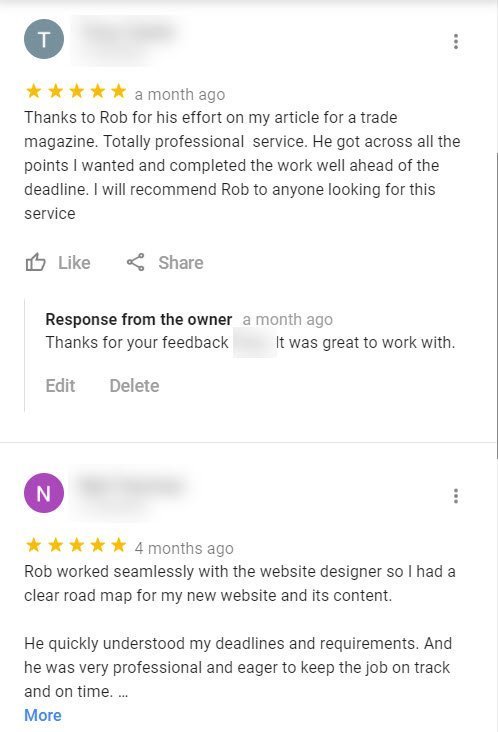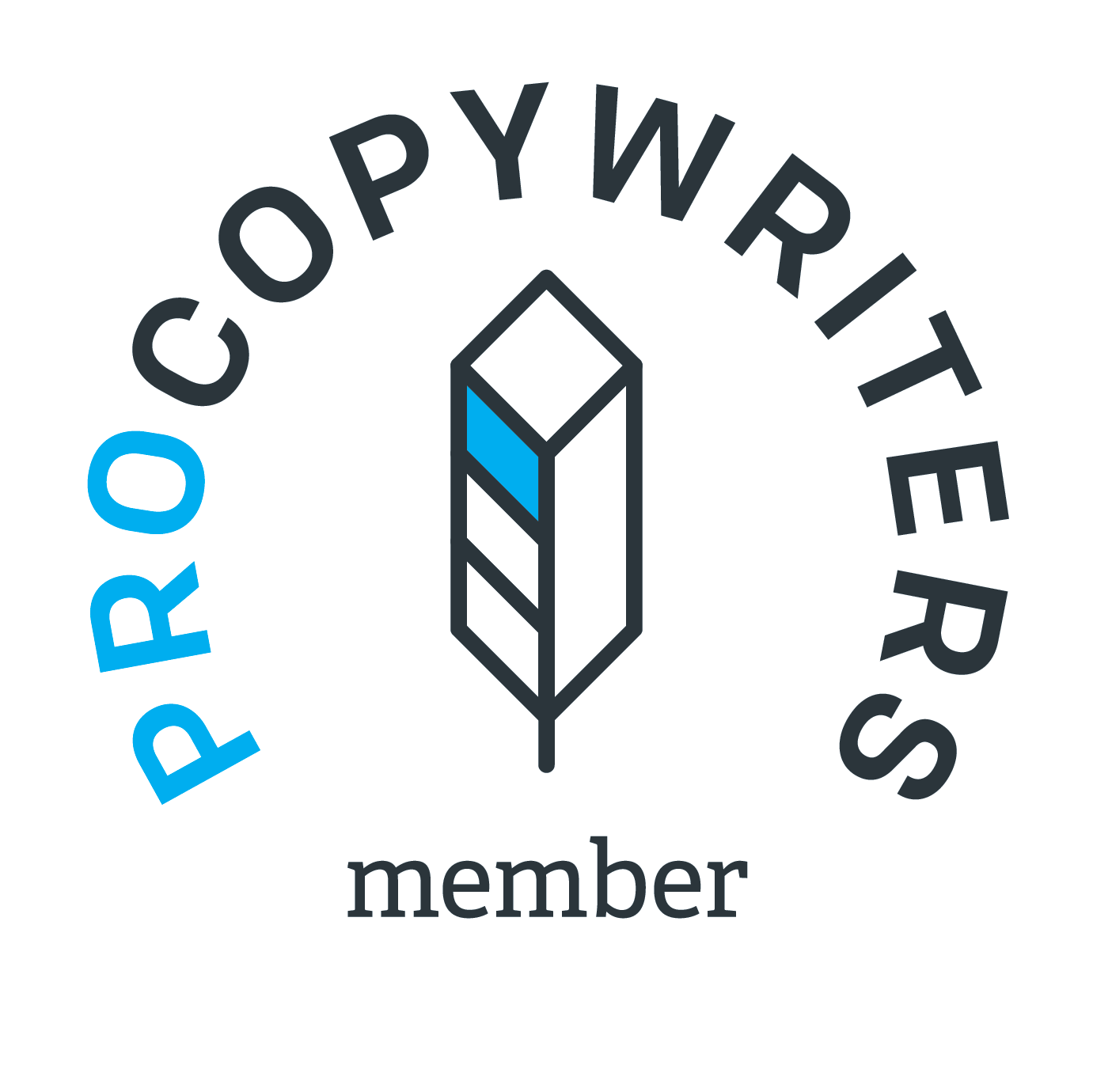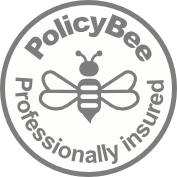
How to Write Like a Human: 7 Ways to Choose the Best Words
You’re ready to write your content.
And it’s on a subject that matters to your customers.
You want to avoid writing in business-speak. The robotic and impersonal language that’s packed with jargon.
Because it’s like a wall between you and your customers. It repels rather than attracts.
So how do you hold their attention and persuade them to take action?
The answer is to write like a human.
With the words that your customers use.
Let’s see why:
Why You Should Match Your Language to Your Customers
People are busy.
They don’t have time to re-read something that’s unclear. Help them out with familiar words that are easy to read.
Also, when people search for answers to their questions they’re going to use their own language. They won’t translate their problem into the words you use.
So write your content using their language if you want them to find it.
But this is about more than SEO keywords.
It’s also important to show you understand them and how they see the world. Because empathy is how you start to build their trust.
Copywriter Nick Usborne highlights David Olgivy’s idea to write in the language that people think in:
“If you’re trying to persuade people to do something, or buy something, it seems to me you should use their language, the language they use every day, the language in which they think.”
But what if your customers are highly educated?
Jakob Nielsen, an expert in testing writing for websites, says that this shouldn’t change your approach:
“Even highly educated people don’t want to struggle to read your site. You do not impress anybody by spouting highfalutin words or complex sentence structures that require careful parsing.”
The exception is specialist words that may help your readers’ understanding “as long as the reader is a specialist who understands the terminology”
How do you find the right words?
1) Use the Words Your Customers Write
The best place to start is with your customers’ own writing.
Whatever your business, you’re likely to have emails from your customers.
Look at the Emails in Your Inbox
There are two types of emails to look for:
The first is from people who are your prospects and leads.
These will help you find the words and phrases that describe peoples’ problems. They’ll also be a key source for your content ideas too.
The second type is those from your customers. These may be queries about your product or service. Or the issues your customers have.
Both types will be a great source of your customers’ language.
Check Your Customer Reviews
Customer reviews are a goldmine of words.
It doesn’t matter whether they’re on Google, LinkedIn, Facebook or somewhere else.
Dip into your reviews to see how your customers think. The best ones will describe why they chose to work with you and how you helped with their problem.
Detailed reviews give you a great range of words to tap into.
And the more reviews you have the better. Because it’s like crowd-sourcing your language.
A large number of reviews will increase your confidence in the words your customers use.
But what if you don’t have lots of reviews?
A simple shortcut is to find reviews from your competitors. Or companies that offer a similar product or service. Read through them for the words and phrases that repeat.
You can get a quick overview from a large number of reviews with a Word Cloud. Copy and paste the text of the reviews into the tool to create your Word Cloud.
You lose the subtlety of context and phrases, but it’s a useful way to see which words pop up time and again.
2) Use the Words Your Customers Speak
How do your customers talk to you?
Think back to what your customers have said to you in the last week. Check through your notebook to remind yourself.
If you record customer calls in your business. Listen back to them. Or read the call transcripts.
If you have a separate customer services team, go and speak to them or listen into some calls.
Need to get the transcript of a call or conversation?
Use a service like Rev.com to transcribe your call. You’ll then have a document you can search or copy and paste words from.
3) Write in Plain English
Plain English uses short, simple words with clear meanings.
It’s the language stripped back to the basics.
These are the words that tend to be Anglo-Saxon in origin. Whereas longer, flowery words with many syllables are Latin or French in origin.
The business-speak uses lots of these long, complex words.
But most words have simpler and more direct alternatives. And the reality is that most people think with these words.
For example, rather than using these words:
- Alternative
- Discuss
- Illustrate
Choose plain English words instead like:
- Choice
- Talk
- Show
If you think you have to use long and complex words to make it sound formal and business-like you’re mistaken. You only end up slowing the reader down and risk them missing your message or giving up altogether.
There are a handy set of guides available from the Plain English Campaign. These can help you find other words that you can use to replace jargon or complex phrases.
4) Find New Words in a Thesaurus
Sometimes you get stuck.
You know you need to find a simpler and easier words for your writing. But you just can’t find the right way to say it.
That’s where a thesaurus can be useful. It’ll show you synonyms – different words with the same or similar meaning.
Individual words have subtle differences and not all synonyms are equal to use. But it’s a good way to kickstart your words if you need some fresh input to what you’re writing.
You may already have an online thesaurus you use. But one that I find handy is the Power Thesaurus.
5) Read it Out Loud
After you’ve written your content, you re-read it to spot the business-speak and remove it.
But there’s a problem.
Because when you read your own words in your head the business-speak isn’t so obvious.
Your brain skips over it and says it’s okay.
So read it aloud. Then the business-speak has nowhere to hide.
Give it a try.
How does your writing sound?
Does it sound corporate, boring or pompous? Give it an edit and then try it again.
And if you’re concerned about looking like you’re talking to yourself, try the next tip …
6) Ask Someone Else to Read It
A second opinion is a good idea.
In fact, this is even better than reading it out loud.
When you’ve written something from the original idea to the 3rd or 4th draft, it’s easy to get caught up with what you’ve written. You’re so close to it that you’ve lost your objectivity.
You’re suffering from the curse of knowledge.
The best way to shine daylight on the curse of knowledge is to ask someone else to read it. Someone who’s had nothing to do with your writing.
And ideally, someone who knows nothing about your business. They’ll soon point out what doesn’t sound normal or human.
7) Score It with a Readability Tool
The final tip is to use a (free) tool to score how easy your content is to read.
Tools are not perfect and they’re no substitute for a real person.
But they’re a quick way to check if you’re on the right path. And if you’re writing with no one else around, they’re a good way to highlight problems.
One of the most well-known tests is the Flesch Reading Ease score. The higher you score, the easier your writing is to read.
A score of 60-70 is normal for website copy. Whereas low scores of 0-30 are only likely to be understood by graduates.
This post scored 81, in case you wondered.
You can check Flesch Reading Ease scores with a free tool or with a website plugin like Yoast.
In Summary
Writing that’s difficult to read doesn’t make you more intelligent.
Instead, you’ll stop people from reading and they’ll go elsewhere.
What’s more your customers don’t think in jargon or business-speak. So make it easy for them and use words they say every day.
Above all, write like a human.
Credits:
Photo by Tincho Franco on Unsplash






